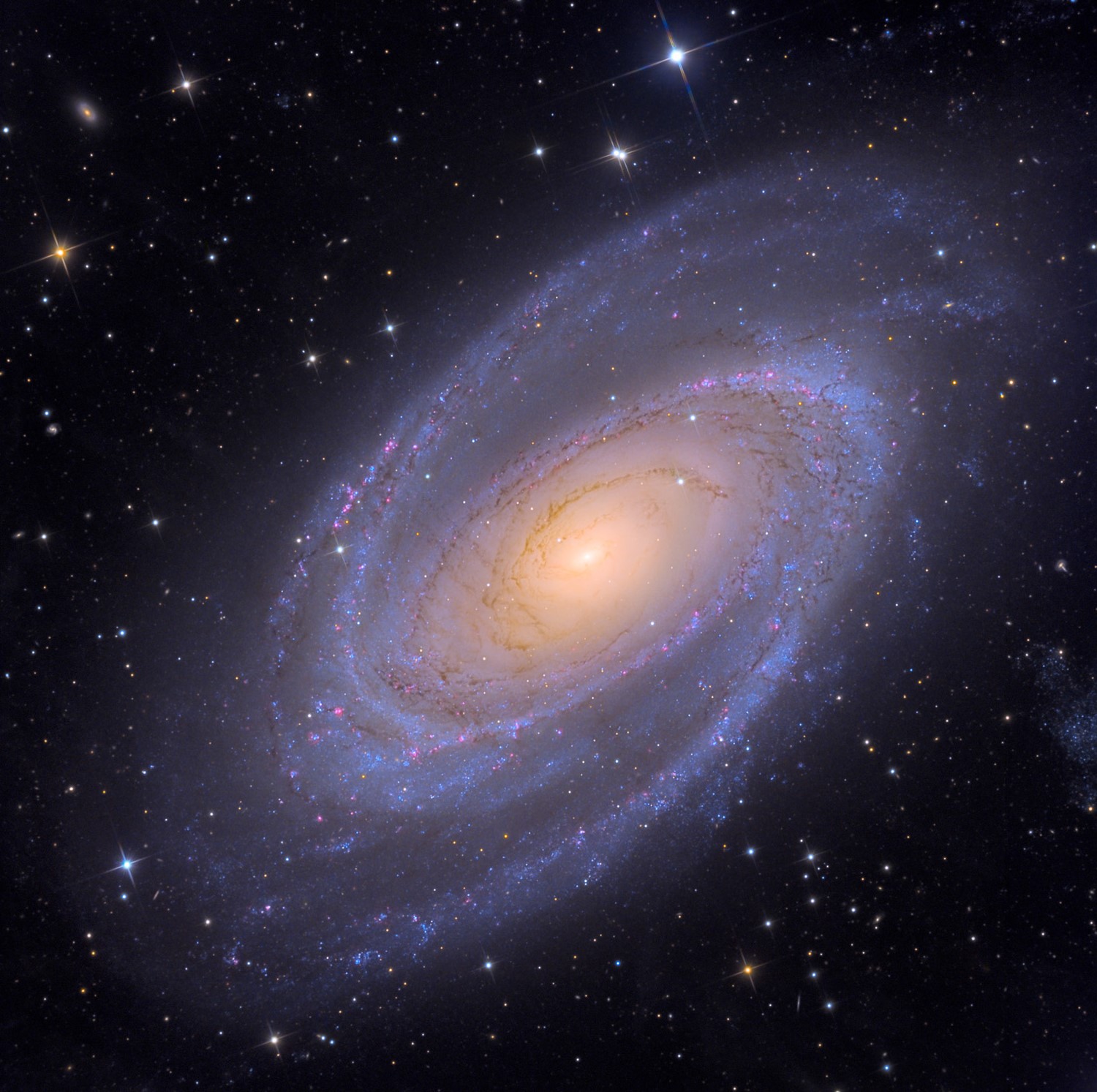
Testing the very existence of dark matter

(download from the NASA extragalactic database)
According to the standard model of cosmology (ΛCDM) the total mass content of the entire universe comprises more than 80% dark matter. The galaxies are thought to be embedded in dark matter halos, which exceed the visible part consisting of ordinary matter by one to two orders of magnitude in size and mass. However, in spite of extensive research programs over decades, no direct proof of the existence of such dark matter particles is at our disposal so far.
The physical phenomenon of dynamical dissipation (dynamical friction) between galaxies provides a fundamental test of the question whether dark matter, as postulated by ΛCDM, exists at all. To be precise, investigating the dynamical behaviour of adjacent galaxies delivers the opportunity of possibly falsifying the standard model of cosmology because the huge and massive dark matter halos penetrate each other when galaxies encounter, even if the visible parts remain separated.
In collaboration with Prof. Pavel Kroupa and his team (https://astro.uni-bonn.de/~pavel/) I spent extensive research activities regarding this fundamental issue focussing on the M81 group of galaxies, the Hickson compact groups of galaxies, and the Milky Way – Large & Small Magellanic Cloud triple system:
Constraints on the dynamical evolution of the galaxy group M81
The Relevance of Dynamical Friction for the MW/LMC/SMC Triple System
Not only that the results obtained for the M81 group and the Hickson compact groups disfavour the existence of the mentioned dark matter halos of the galaxies: The observational data for the Magellanic Clouds strictly contradict the assumption of dark matter halos and therefore falsify the cosmological standard model. Actually, this statement corresponds to a significant variety of observational results (https://arxiv.org/pdf/2309.11552).
However, the cosmological standard model is not falsifiable for sociological reasons:

... greetings from Thomas Kuhn1) and David Merritt2) :-)
1) T.S. Kuhn,The Structure of Scientific Revolutions, The University of Chicago Press (1962).
2) D. Merritt, A Philosophical Approach to MOND, Cambridge University Press (2020).
Einstein's relativity
A Possible Logical Constraint on the Validity of General Relativity for Strong Gravitational Fields
Quantum mechanical few-body physics
Formerly being concerned with quantum mechanical few-body physics, this is the list of my publications in that regard:
Integrodifferential equation approach. I. Triton and α-particle binding energies
Integro-differential equation approach. II. Triton and α-particle wave functions, graphical plots
Electron-hydrogen quasiparticle calculations with the Temkin-Lamkin polarization potential
Risks of mobile networks
